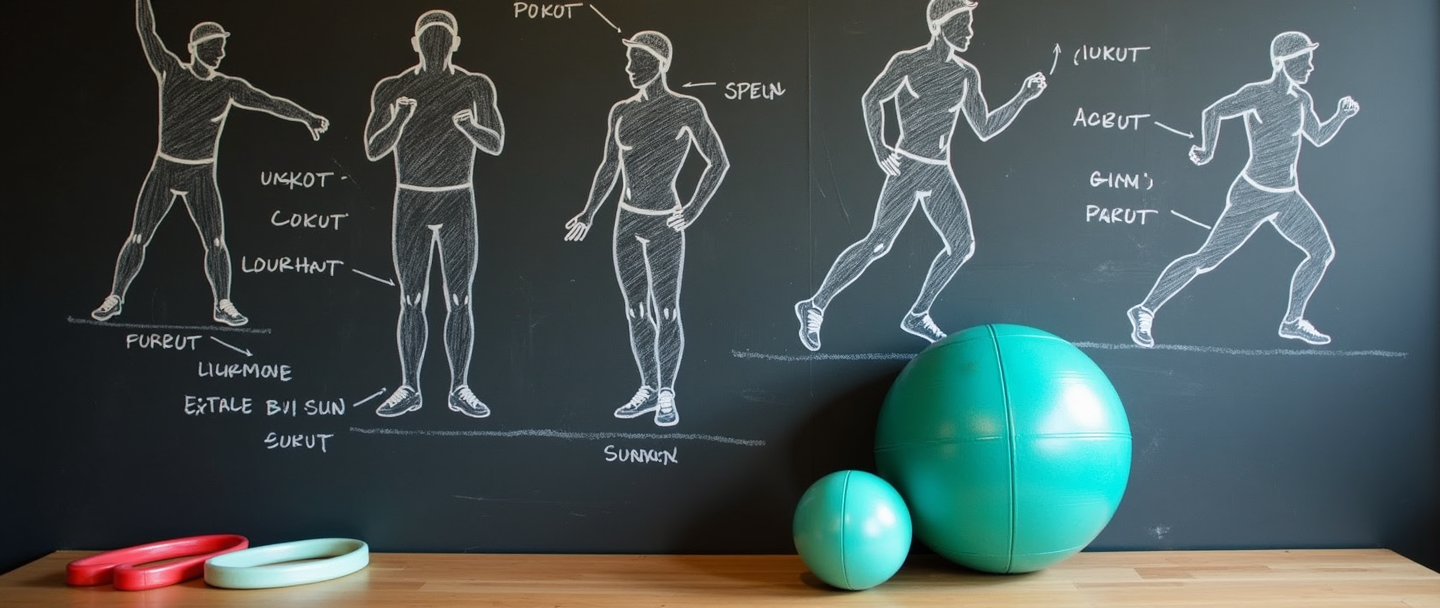
Welcome to the start of an exciting high jump season! Whether you’re a high school athlete aiming to break personal records or a college jumper setting your sights on regional and national competitions, setting clear and achievable goals is crucial for your success. In this guide, we’ll walk you through the process of establishing effective high jump goals for the season, ensuring you stay motivated, progress safely, and maximize your performance.

Why Goal Setting Matters
Setting goals provides direction and purpose to your training. It helps you stay focused, measure your progress, and maintain motivation throughout the season. Without clear goals, it’s easy to lose sight of what you want to achieve, leading to stagnation or even burnout.
Benefits of Setting High Jump Goals
- Clarity and Focus: Goals clarify what you want to achieve and help prioritize your training activities.
- Motivation: Clear objectives keep you motivated, especially during tough training sessions.
- Performance Tracking: Goals allow you to monitor your progress and adjust your training as needed.
- Confidence Boost: Achieving set goals builds confidence, which is essential for peak performance in competitions.
Types of Goals to Set
When setting goals for your high jump season, it’s important to categorize them to ensure a balanced approach to your training and competition preparation.
Short-Term Goals
These are objectives you aim to achieve in the near future, typically within a few weeks to a couple of months. Examples include:
- Technique Improvement: Focus on perfecting your approach run or takeoff mechanics.
- Strength Training Milestones: Increase your squat weight by 10 pounds over the next month.
- Consistency in Training: Attend all scheduled training sessions without missing any.
Long-Term Goals
Long-term goals are broader and set for the entire season or multiple seasons. They provide a vision for where you want to be by the end of your training cycle. Examples include:
- Achieving a Personal Best: Aim to increase your personal high jump record by a specific height.
- Competition Success: Qualify for regional championships or place in the top three at your meets.
- Overall Athletic Development: Improve your overall athleticism, including speed, strength, and flexibility.
Process Goals vs. Outcome Goals
Understanding the difference between process and outcome goals can enhance your goal-setting strategy.
- Process Goals: Focus on the actions you take to achieve your goals. For example, “Complete three high-intensity interval training sessions each week” or “Practice the Fosbury Flop technique twice a week.”
- Outcome Goals: Focus on the end result you want to achieve. For example, “Clear 2.10 meters in competition” or “Win first place at the state championships.”
Balancing both types of goals ensures that you concentrate on both the journey and the destination, promoting continuous improvement and resilience.
How to Set SMART Goals
To make your goals effective, they should be SMART: Specific, Measurable, Achievable, Relevant, and Time-bound.
Specific
Your goals should be clear and specific, leaving no room for ambiguity. Instead of saying, “I want to jump higher,” specify, “I want to improve my high jump clearance by 5 centimeters.”
Measurable
Ensure that your goals are measurable so you can track your progress. For example, “Increase my vertical jump by 2 inches within two months.”
Achievable
Set realistic goals that challenge you but are attainable. Consider your current fitness level, training capacity, and available resources. Setting overly ambitious goals can lead to frustration and burnout.
Relevant
Your goals should align with your overall athletic aspirations and high jump performance. For instance, focusing on strength training is relevant to improving your takeoff phase.
Time-bound
Assign a deadline to your goals to create a sense of urgency and encourage consistent effort. For example, “Reach a 2.15-meter clearance by the end of the spring training period.”
Why Goal Setting Matters
Setting goals provides direction and purpose to your training. It helps you stay focused, measure your progress, and maintain motivation throughout the season. Without clear goals, it’s easy to lose sight of what you want to achieve, leading to stagnation or even burnout.
Benefits of Setting High Jump Goals
- Clarity and Focus: Goals clarify what you want to achieve and help prioritize your training activities.
- Motivation: Clear objectives keep you motivated, especially during tough training sessions.
- Performance Tracking: Goals allow you to monitor your progress and adjust your training as needed.
- Confidence Boost: Achieving set goals builds confidence, which is essential for peak performance in competitions.
Types of Goals to Set
When setting goals for your high jump season, it’s important to categorize them to ensure a balanced approach to your training and competition preparation.
Short-Term Goals
These are objectives you aim to achieve in the near future, typically within a few weeks to a couple of months. Examples include:
- Technique Improvement: Focus on perfecting your approach run or takeoff mechanics.
- Strength Training Milestones: Increase your squat weight by 10 pounds over the next month.
- Consistency in Training: Attend all scheduled training sessions without missing any.
Long-Term Goals
Long-term goals are broader and set for the entire season or multiple seasons. They provide a vision for where you want to be by the end of your training cycle. Examples include:
- Achieving a Personal Best: Aim to increase your personal high jump record by a specific height.
- Competition Success: Qualify for regional championships or place in the top three at your meets.
- Overall Athletic Development: Improve your overall athleticism, including speed, strength, and flexibility.
Process Goals vs. Outcome Goals
Understanding the difference between process and outcome goals can enhance your goal-setting strategy.
- Process Goals: Focus on the actions you take to achieve your goals. For example, “Complete three high-intensity interval training sessions each week” or “Practice the Fosbury Flop technique twice a week.”
- Outcome Goals: Focus on the end result you want to achieve. For example, “Clear 2.10 meters in competition” or “Win first place at the state championships.”
Balancing both types of goals ensures that you concentrate on both the journey and the destination, promoting continuous improvement and resilience.
How to Set SMART Goals
To make your goals effective, they should be SMART: Specific, Measurable, Achievable, Relevant, and Time-bound.
Specific
Your goals should be clear and specific, leaving no room for ambiguity. Instead of saying, “I want to jump higher,” specify, “I want to improve my high jump clearance by 5 centimeters.”
Measurable
Ensure that your goals are measurable so you can track your progress. For example, “Increase my vertical jump by 2 inches within two months.”
Achievable
Set realistic goals that challenge you but are attainable. Consider your current fitness level, training capacity, and available resources. Setting overly ambitious goals can lead to frustration and burnout.
Relevant
Your goals should align with your overall athletic aspirations and high jump performance. For instance, focusing on strength training is relevant to improving your takeoff phase.
Time-bound
Assign a deadline to your goals to create a sense of urgency and encourage consistent effort. For example, “Reach a 2.15-meter clearance by the end of the spring training period.”

Creating Your High Jump Goal Plan
Now that you understand the importance of goal setting and the types of goals to set, let’s create a structured plan to guide your high jump season.
Step 1: Assess Your Current Performance
Before setting goals, evaluate your current abilities. Analyze your recent performances, strengths, and areas that need improvement. This self-assessment provides a realistic foundation for your goal-setting process.
Actionable Tip: Keep a training journal to record your performances, training sessions, and any feedback from your coach. Review this journal regularly to identify patterns and areas for improvement.
Step 2: Define Your Goals
Based on your assessment, define your short-term and long-term goals using the SMART criteria. Ensure that your goals cover different aspects of high jump training, including technique, strength, conditioning, and mental preparation.
Example Goals:
- Short-Term Process Goal: Improve approach run consistency by reducing stride length variation by 10% over the next six weeks.
- Long-Term Outcome Goal: Achieve a 2.20-meter clearance by the end of the spring season.
Step 3: Develop an Action Plan
Outline the specific actions you need to take to achieve each goal. Break down larger goals into smaller, manageable tasks to make them less overwhelming and more achievable.
Example Action Plan for Improving Approach Run:
- Technique Drills: Incorporate approach run drills three times a week focusing on stride rhythm and consistency.
- Video Analysis: Record approach runs bi-weekly to analyze and correct technical flaws.
- Feedback Sessions: Schedule regular feedback sessions with your coach to monitor progress and make necessary adjustments.
Step 4: Monitor and Adjust
Regularly monitor your progress toward your goals. Use measurable indicators to track improvements and make adjustments to your training plan as needed.
Actionable Tip: Set weekly or bi-weekly check-ins to assess your progress. Celebrate small victories to stay motivated and address any setbacks promptly.
Step 5: Stay Flexible and Adapt
Be prepared to adapt your goals and action plans based on your progress and any unforeseen challenges. Flexibility ensures that you remain on track even when facing obstacles.
Example Scenario: If you’re not seeing the desired improvement in your takeoff phase, discuss with your coach to modify your training regimen or seek additional resources such as strength training exercises.
Incorporating Evidence-Based Training Principles
To maximize your high jump performance, integrate evidence-based training principles into your goal-setting and training plan.
Periodization
Periodization involves dividing your training into distinct phases, each with specific objectives. This approach helps prevent overtraining and ensures peak performance during competitions.
Example Phases:
- Preparation Phase: Focus on building a solid fitness base with general strength and conditioning.
- Pre-Competition Phase: Sharpen technical skills and increase high jump-specific training.
- Competition Phase: Fine-tune performance, taper training intensity, and focus on recovery.
Progressive Overload
Gradually increasing the intensity, volume, or complexity of your training ensures continuous improvement. Avoid sudden spikes in training load to reduce the risk of injury.
Actionable Tip: If you aim to increase your squat weight, do so incrementally, adding 5 pounds each week until you reach your target.
Specificity
Tailor your training to the specific demands of high jump. This includes focusing on explosive power, speed, and technical proficiency related to the event.
Example: Incorporate plyometric exercises to enhance explosive takeoff power and practice the Fosbury Flop to refine your bar clearance technique.
Ensuring Proper Progression and Safety
Safety and proper progression are paramount in high jump training to prevent injuries and ensure sustainable performance gains.
Warm-Up and Cool-Down
Always begin your training sessions with a comprehensive warm-up to prepare your muscles and joints for intense activity. Similarly, cool down to aid recovery and reduce muscle soreness.
Actionable Tip: Include dynamic stretches and light jogging in your warm-up, and static stretching post-training to maintain flexibility.
Listen to Your Body
Pay attention to signs of fatigue or discomfort. Pushing through pain can lead to injuries that derail your training and competition plans.
Example: If you experience persistent knee pain, take a break and consult with a healthcare professional or your coach to address the issue before continuing training.
Gradual Progression
Increase training intensity and volume gradually to allow your body to adapt. Avoid drastic changes that can lead to overtraining or injury.
Actionable Tip: Follow a structured training plan that outlines progressive increases in training load, ensuring a balanced and safe approach to improvement.
Actionable Tips and Techniques
To help you set and achieve your high jump goals, here are some practical tips and techniques:
1. Set SMART Goals
As discussed, ensure your goals are Specific, Measurable, Achievable, Relevant, and Time-bound. This framework provides clarity and structure to your goal-setting process.
2. Visualize Success
Mental imagery can enhance performance by reinforcing proper technique and boosting confidence. Spend time visualizing successful jumps, focusing on each phase of the jump.
Actionable Tip: Incorporate visualization exercises into your daily routine, especially before training sessions and competitions.
3. Focus on Technique
Perfecting your technique is essential for maximizing height and efficiency. Regularly review and refine each phase of your jump to ensure optimal performance.
Example: Use video analysis to identify and correct flaws in your approach run or takeoff mechanics.
4. Strength and Conditioning
Building strength, particularly in your legs and core, is vital for explosive takeoff power. Include strength training exercises like squats, lunges, and plyometric drills in your routine.
Actionable Tip: Schedule specific days for strength training, ensuring balanced development and adequate recovery.
5. Consistent Practice
Regular, consistent practice is key to mastering the high jump. Aim for a balanced training schedule that includes technical drills, strength training, and conditioning.
Example: Allocate specific days for technical practice, strength workouts, and agility drills to maintain a well-rounded training regimen.
6. Seek Feedback
Regular feedback from your coach and peers can provide valuable insights into your performance. Be open to constructive criticism and use it to make necessary adjustments.
Actionable Tip: After each training session, discuss your performance with your coach to identify strengths and areas for improvement.
7. Stay Motivated
Maintaining motivation throughout the season can be challenging. Set intermediate milestones, celebrate your achievements, and stay connected with your training community for support.
Example: Create a progress chart to visually track your improvements and celebrate when you reach specific milestones.

Conclusion
Setting clear and achievable goals is the foundation of a successful high jump season. By assessing your current performance, defining SMART goals, developing a structured action plan, and incorporating evidence-based training principles, you’ll set yourself up for continuous improvement and peak performance.
Remember to prioritize safety and proper progression, listen to your body, and stay motivated throughout your training journey. With dedication, focus, and the right strategies, you’ll be well on your way to achieving your high jump aspirations.
Let’s make this spring training season your best yet! Jump high, stay safe, and aim for greatness.


